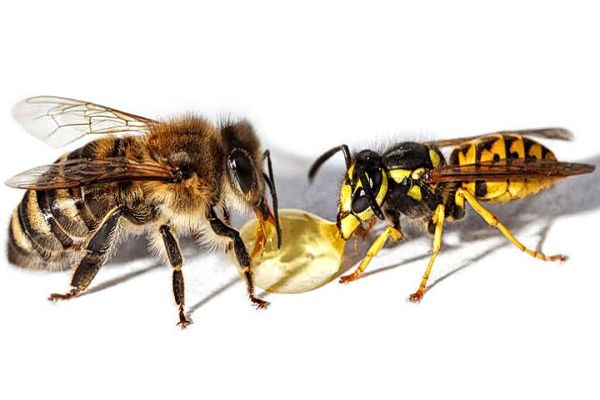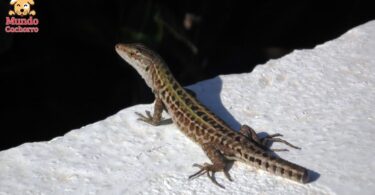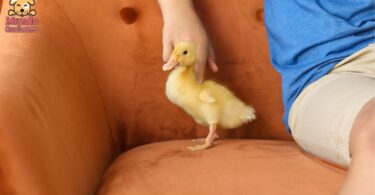Dominated by popular culture, it is common for many people to find themselves conditioned not to encounter any difference between wasp and beeHowever, what is certain is that these species of hymenopterans, despite being visibly related, have unique and differentiated characteristics, whose study will be very worthwhile to take into consideration.
Difference between wasp and bee: physical, morphological and chromatic aspects.
One of the characteristics that is erroneously considered to be shared is that they are endowed with pigmentation ranging from black to yellowish. A closer examination will suffice to realize their discrepancies in color: bees have less defined yellow stripes and their body is brownish in color, unlike the wasp, which exhibits the traditional structure.
Their morphology is another feature that allows them to be differentiated, mainly because wasps present a pronounced division on the inner region of their thorax, an aspect completely absent in their related species.
Of course, in both species the use of their sting is characteristic. However, bees die from using it once and wasps do not. The reason is that the sting of the bees has small hooks that cause them to adhere to the skin of the attacked animal. When released, the bee tears its internal organs and dies. Despite this, bees can be very dangerous animals.
In contrast, wasp stingers do not have these hooks and, consequently, can sting their victim more than once; they can also bite them, because they have jaws (bees do not).
Feeding, role management and behavior: Other traits of not very similar characteristics.
The gap that separates the wasp family from the bee group increases when the aspect of food and nutritional consumption is analyzed. It is universally known that bees, especially worker bees, survive by consuming nectar extracted from flowers, while wasps, known to be mainly omnivorous and to have a wide variety of food sources, are a separate case.
Their performance in the ecosystem is so disparate that it represents a clear difference between wasp and bee.The former are excellent mechanisms for pest control, given their ability to eliminate larvae, while bees promote the development of different pollination processes, which has repercussions on their ability to survive in colonies in groups or individually in sparse swarms.
Basic reproductive mechanisms: The final and most pronounced difference between the two species.
In order to fertilize a new population, each of the bee colonies that can grow in nature has a queen bee, which, after the progressive care of the workers, is in charge of procreating the gametes that will become these specimens. Its reproductive morphology is therefore centralized.
The wasp species enjoy a modality that allows them greater freedom of coexistence and action, in their existence they lack a fixed place of reproduction, while all the females belonging to the community have the faculty to produce new specimens.
In many cases it has been demonstrated that they can adopt the behavior of their counterparts only under special circumstances, the only trait capable of erasing the common difference between wasp and bee.








